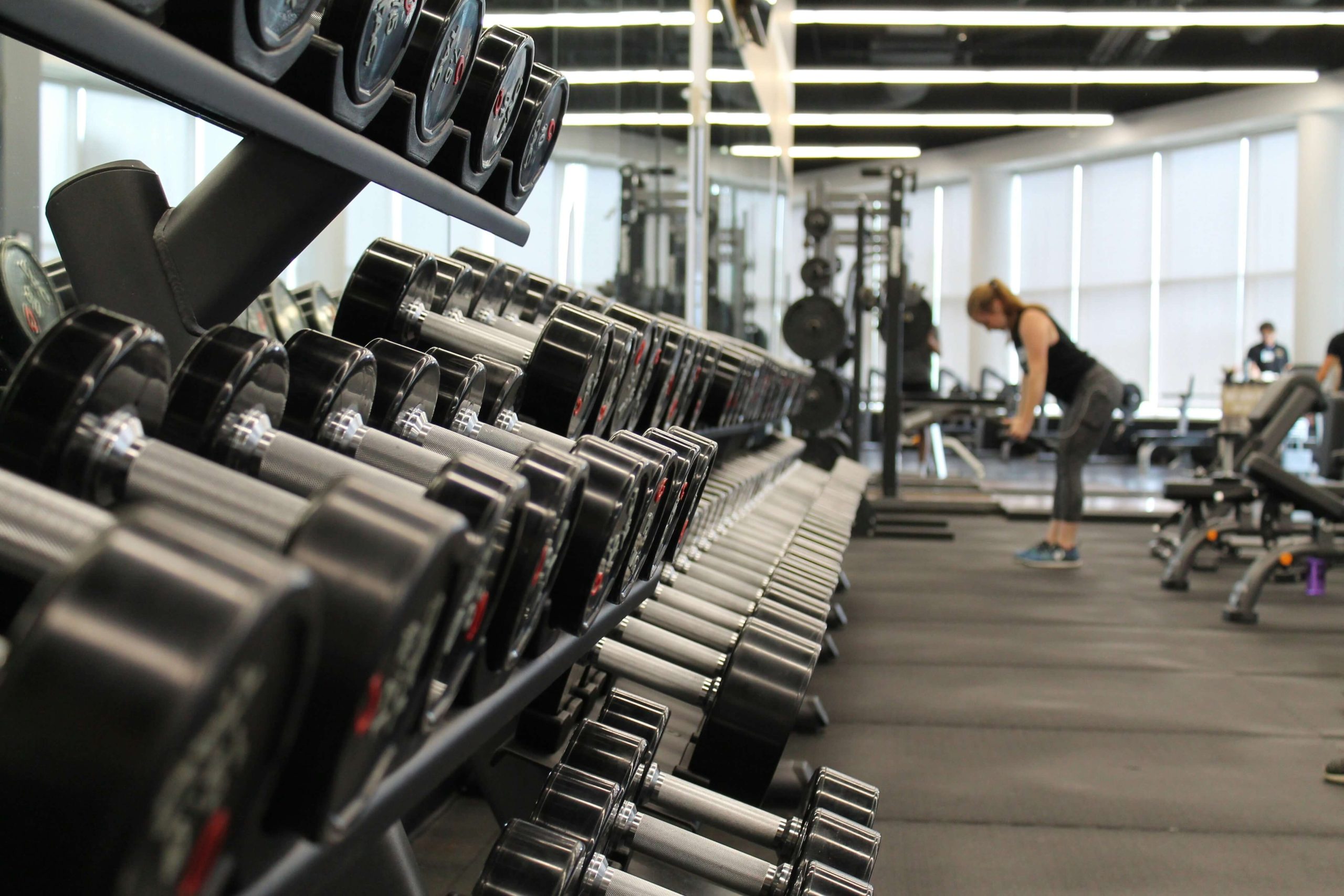Introduction:
Finding the right balance between cardio and strength training can be a game-changer in your fitness journey. Whether you’re aiming to lose weight, build muscle, or simply improve overall health, understanding how to effectively combine these two workout styles is key. At Get2Fit, your go-to gym in Toronto, we’re here to help you create a well-rounded fitness routine that meets your goals and fits your lifestyle. In this blog post, we’ll dive into the benefits of both cardio and strength training, share expert opinions, and provide actionable tips and workout plans to help you achieve the perfect balance.
1. Understanding the Benefits: Cardio vs. Strength Training
•Cardio: Cardiovascular exercise is crucial for improving heart health, boosting endurance, and burning calories. Activities like running, cycling, swimming, and even brisk walking get your heart rate up, helping to reduce the risk of heart disease and improve overall stamina. Cardio is also an effective way to manage weight and increase energy levels.
•Strength Training: On the other hand, strength training is essential for building muscle, increasing metabolism, and improving bone density. Exercises like weightlifting, bodyweight workouts, and resistance training not only help you gain strength but also enhance your body’s ability to burn calories even at rest. Strength training is key to maintaining muscle mass as you age, which is crucial for long-term health.
•Expert Opinion: According to fitness experts, a balanced fitness routine that includes both cardio and strength training offers the best of both worlds. Combining these two approaches helps you achieve a more comprehensive level of fitness, targeting different aspects of your health.
2. Tips for Balancing Cardio and Strength Training
•Set Clear Goals: The first step in balancing cardio and strength training is to define your fitness goals. Are you looking to lose weight, build muscle, or improve endurance? Your goals will determine how much emphasis you should place on each type of exercise.
•Prioritize Based on Goals: If weight loss is your primary goal, you might focus more on cardio, with strength training sessions 2-3 times a week. If muscle building is your goal, you might prioritize strength training, with cardio as a supplementary activity.
•Alternate Days: One effective strategy is to alternate days of cardio and strength training. For example, you could do strength training on Mondays, Wednesdays, and Fridays, and cardio on Tuesdays, Thursdays, and Saturdays. This approach ensures that you’re not overworking the same muscle groups back-to-back, giving your body time to recover.
•Combine Both in One Session: Another option is to combine cardio and strength training in the same workout. For instance, you could do a circuit workout that alternates between strength exercises and short bursts of cardio. This is a time-efficient way to get the benefits of both.
•Listen to Your Body: It’s essential to listen to your body and adjust your routine as needed. If you’re feeling fatigued, consider a lighter cardio session or focusing on flexibility and recovery.
3. Sample Workout Plans for Cardio and Strength Balance
Here are a couple of sample workout plans that balance cardio and strength training, catering to different fitness goals.
•Plan 1: Weight Loss Focus
•Monday: 30 minutes of HIIT (High-Intensity Interval Training)
•Tuesday: 45 minutes of strength training (full-body workout)
•Wednesday: 30-45 minutes of steady-state cardio (running, cycling)
•Thursday: 45 minutes of strength training (focus on legs and core)
•Friday: 30 minutes of circuit training (combining strength and cardio)
•Saturday: 60 minutes of low-intensity cardio (swimming, brisk walking)
•Sunday: Rest or active recovery (yoga, stretching)
•Plan 2: Muscle Building Focus
•Monday: 60 minutes of strength training (upper body)
•Tuesday: 30 minutes of moderate cardio (cycling, elliptical)
•Wednesday: 60 minutes of strength training (lower body)
•Thursday: 30 minutes of moderate cardio + core workout
•Friday: 60 minutes of strength training (full-body focus)
•Saturday: 30-45 minutes of light cardio (walking, rowing)
•Sunday: Rest or active recovery (mobility work, light stretching)
4. Expert Opinions on Cardio-Strength Balance
•Personal Trainer Insight: At Get2Fit, our personal trainers emphasize the importance of tailoring your cardio and strength training balance to your individual goals and fitness level. They recommend regularly reassessing your routine and making adjustments as your body and goals evolve.
•Scientific Backing: Research published in the Journal of Applied Physiology suggests that a combination of cardio and strength training leads to greater improvements in body composition, fitness levels, and overall health compared to focusing solely on one type of exercise.
5. Common Mistakes to Avoid
•Overtraining: One of the biggest mistakes people make is overtraining. Remember, rest is crucial for recovery and progress. Avoid doing intense cardio and strength training on the same muscle groups consecutively without giving them time to recover.
•Neglecting One for the Other: Another common mistake is neglecting either cardio or strength training. A well-rounded fitness routine should include both to ensure overall health and fitness.
•Ignoring Warm-Ups and Cool-Downs: Always include a warm-up before your workouts and a cool-down after to prevent injuries and aid recovery.
Conclusion:
Balancing cardio and strength training is the key to a successful fitness routine that supports your health and helps you achieve your goals. Whether you’re looking to lose weight, build muscle, or simply improve your fitness, a well-rounded approach is the best way forward. At Get2Fit in Toronto, we’re here to support you every step of the way, with personalized training plans, expert advice, and a welcoming community.
Call to Action:
Ready to find the perfect balance in your workout routine? Book a free session with one of our expert personal trainers at Get2Fit today! Let’s create a fitness plan that’s tailored to your goals and helps you get the most out of every workout.



